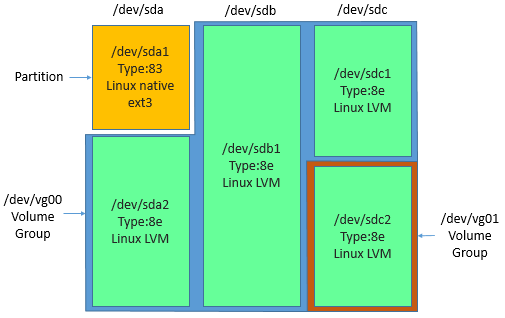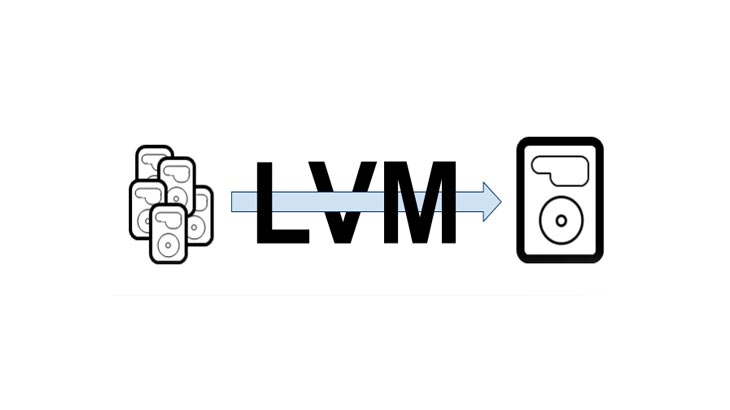

Once you create the physical volume, you can create the volume group (VG) from these physical volumes (PV). Create Volume Group (VG) on the Physical VolumesVolume groups are nothing but a pool of storage that consists of one or more physical volumes. If you want to view all physical volume information, we can use "pvdisplay" without any argument.ģ. PV UUID ffN3i3-e5Fd-5RwX-uI7l-B8eD-xMqk-zha5UN Note : PE – Physical Extents are nothing but equal-sized chunks. "/dev/sdc" is a new physical volume of "10.00 GiB" PV Size 10.00 GiB => Size of the physical volume. VG Name => If the disk is assigned to the any VG, that VG Name would be shown here. "/dev/sdb" is a new physical volume of "10.00 GiB"
LINUX LOGICAL VOLUME MANAGER FREE
Total: 3 / in use: 1 / in no VG: 2 pvdisplay is a command to display with attributes like size, physical extent size, total physical extent size, the free space, ~]# pvdisplay /dev/sdb PV /dev/sdc lvm2 => Physical Volume 2 newly created. PV /dev/sdb lvm2 => Physical Volume 1 newly created. Pvscan is a command to know about the overview of the Physical ~]# pvscan To view the PV's information more, we can use the below commands, each command has its own output format and its upto the administrator which one to be used. Physical volume "/dev/sdc" successfully createdTwo physical volumes are created. Physical volume "/dev/sdb" successfully created PV are the base of LVM structure and referred as physical ~]# pvcreate /dev/sdb /dev/sdc Physical volumes (PV) are the partitions on hard disk, or hard disk itself.


Create Physical Volumes (PV) on the disk.Once identified the correct disk as /dev/sdb and /dev/sdc, We can create the physical volumes using pvcreate command as shown below which initialize a disk or partition for use by LVM.


 0 kommentar(er)
0 kommentar(er)
